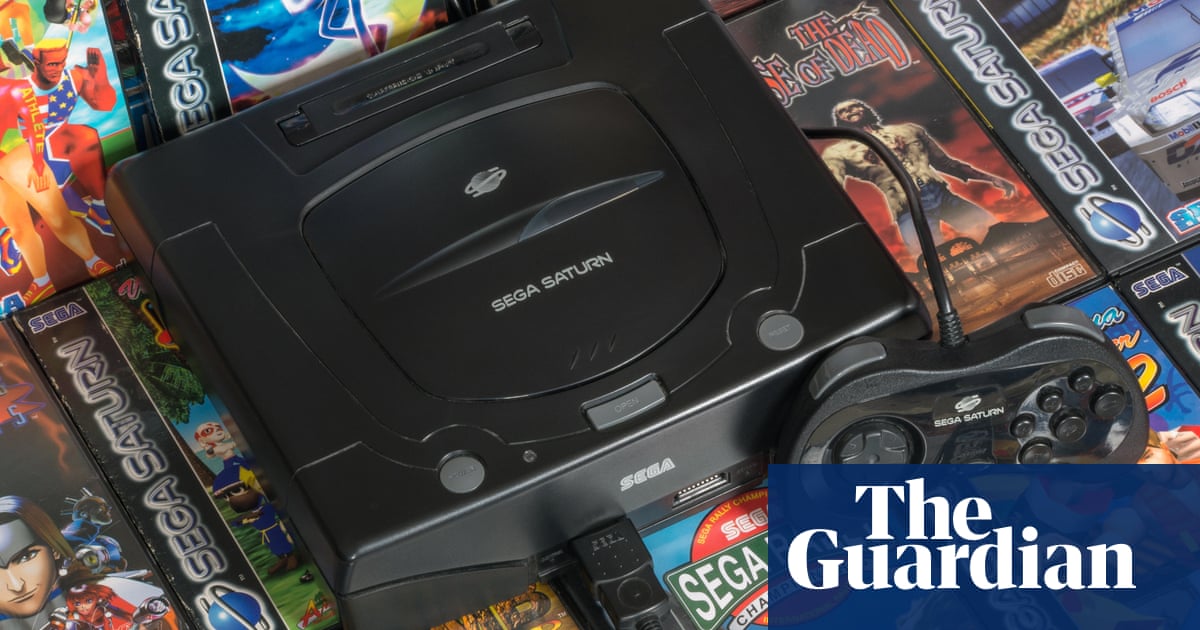“
It is widely regarded as one of the greatest injustices in video game history that the Sega Saturn is often labeled as a failure. Launched in Japan on 22 November 1994, almost two weeks before the PlayStation, the console is frequently unfavorably compared to its competitor. While it is true that Sony’s machine was designed for fast 3D graphics and had a more user-friendly development system, as well as a lower price point due to Sony’s market dominance, what is often overlooked are the immense success of the Japanese Saturn launch and the lasting impact that Sega’s 32-bit console had.
I still remember the excitement surrounding the Saturn’s release, with Edge magazine reporting on the long queues in Akihabara, Tokyo, as fans eagerly awaited their chance to purchase one of the limited units available. Sega managed to sell an impressive 200,000 units on launch day, showcasing the strong demand for the console. The Saturn brought the arcade experience home with titles like Virtua Fighter, Sega Rally, and Daytona USA, setting a new standard for 3D racing and fighting games.
During my time at Edge magazine, I witnessed the creative peak of the Saturn, with Sega’s first-party titles standing out as some of the best of the era. Games like Panzer Dragoon, Nights Into Dreams, and Burning Rangers showcased Sega’s innovation and visual prowess, while quirky titles like Clockwork Knight and Baku Baku Animal added a playful charm to the lineup. The Saturn also received strong support from third-party developers in Japan, with titles like Radiant Silvergun, Guardian Heroes, and Shin Megami Tensei: Devil Summoner adding depth and variety to the console’s library.
In Europe, the Saturn also saw support from developers who were skilled in programming in assembly language, leading to unique titles like Tomb Raider, WipeOut, and Sonic R. The Saturn’s online gaming capabilities, including the Net Link modem for internet play, were ahead of their time, allowing players to engage in multiplayer matches and even experience early deck-building strategy games like Shadows of the Tusk.
Despite its eventual decline in the face of competition, the Saturn’s impact on the gaming industry was significant. The console’s legacy lives on through its innovative games and technical advancements, with many titles still cherished by retro gamers today. The Saturn may not have been a commercial success in the long run, but it certainly left a mark on the history of video games that deserves more recognition.
“
